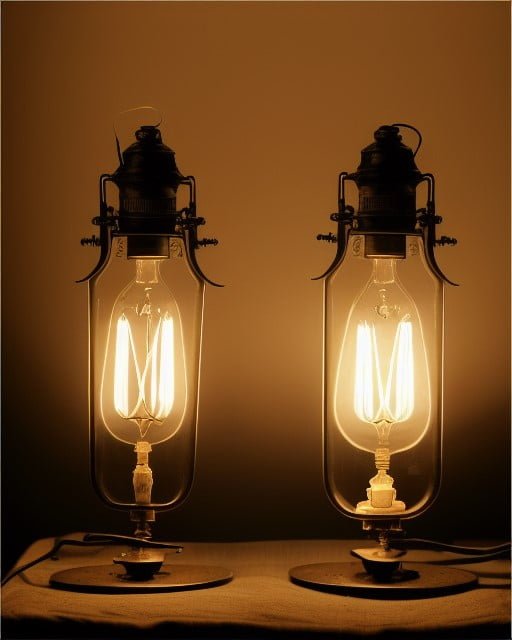Gaslighting is a term that has gained considerable attention in recent years. It is a form of manipulation that involves making someone doubt their own reality. Although the term “gaslighting” is relatively new, the practice itself has been around for centuries. In this article, we will explore the roots of gaslighting and how it has endured through the ages, from the Victorian era to modern memes.
The Victorian Roots of Gaslighting: A Brief History
The term comes from the 1938 play Gas Light, which was adapted into a film in 1944. In the play, a husband tries to convince his wife that she is going insane by manipulating the gas lights in their home. However, the roots of gaslighting can be traced back to the Victorian era.
During this time, gas lamps were a popular form of lighting, and they were notoriously unreliable. Some lamps would flicker or dim, which could make people question their own sanity. In addition, mental illness was not well understood, and women were particularly vulnerable to being institutionalized for conditions like “hysteria.”
Men would use it as a way to control their wives or other women in their lives. They would tell them that they were imagining things, or that their emotions were getting the better of them. This would make the women doubt their own perceptions and lead to them questioning their own sanity.
From “Crazy Making” to Memes: How Gaslighting Endures
Gaslighting has endured through the ages because it is a highly effective form of manipulation. In modern times, it has taken on new forms, including through the use of memes.
Memes are a form of internet communication that can be humorous or satirical, but they can also be used to gaslight someone. For example, a meme might make fun of someone for being too sensitive, which can make that person doubt their own feelings. Alternatively, a meme might make someone feel like they are crazy for holding a certain belief or opinion.
Gaslighting through memes is particularly insidious because it is often disguised as humor. People might not realize that they are being manipulated, and they might even share the meme with others, perpetuating the gaslighting cycle.
it is a form of manipulation that has deep roots in history. Although it has taken on new forms over the years, its goal remains the same: to make someone doubt their own reality. By understanding the history and current forms of gaslighting, we can learn to recognize it and protect ourselves from its harmful effects. And maybe, just maybe, we can turn the tables and use memes to gaslight the gaslighters.


